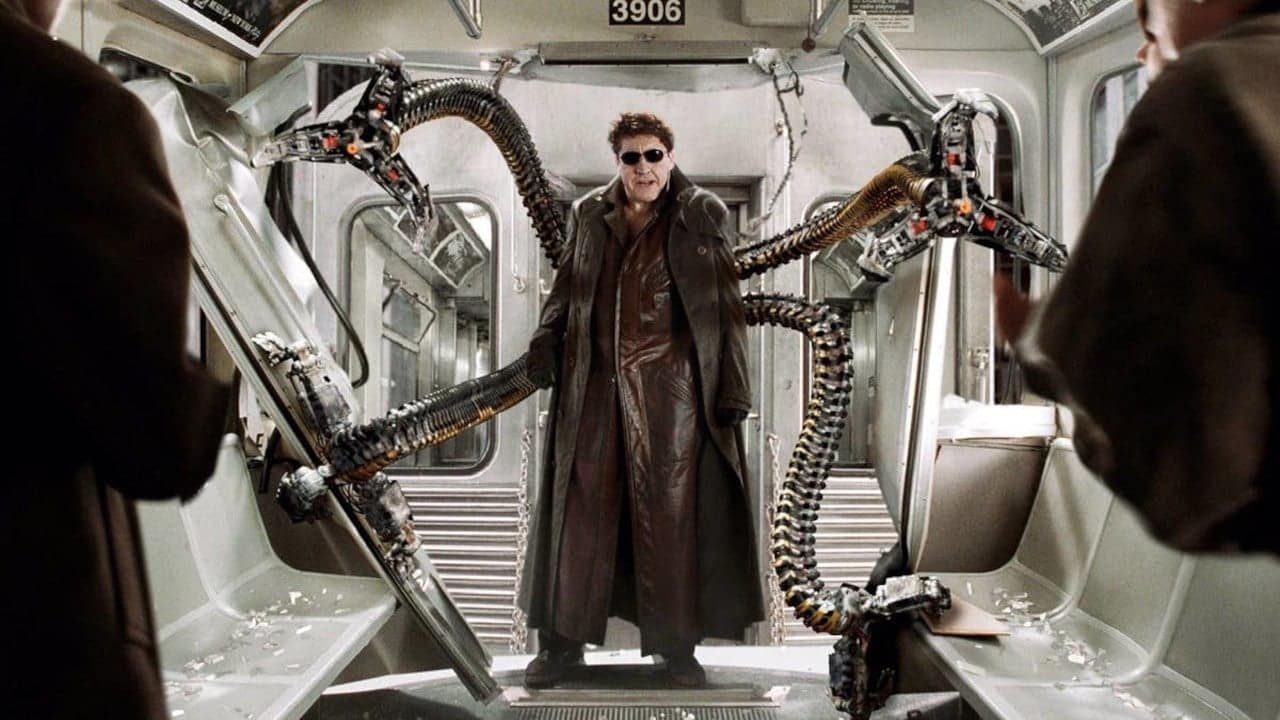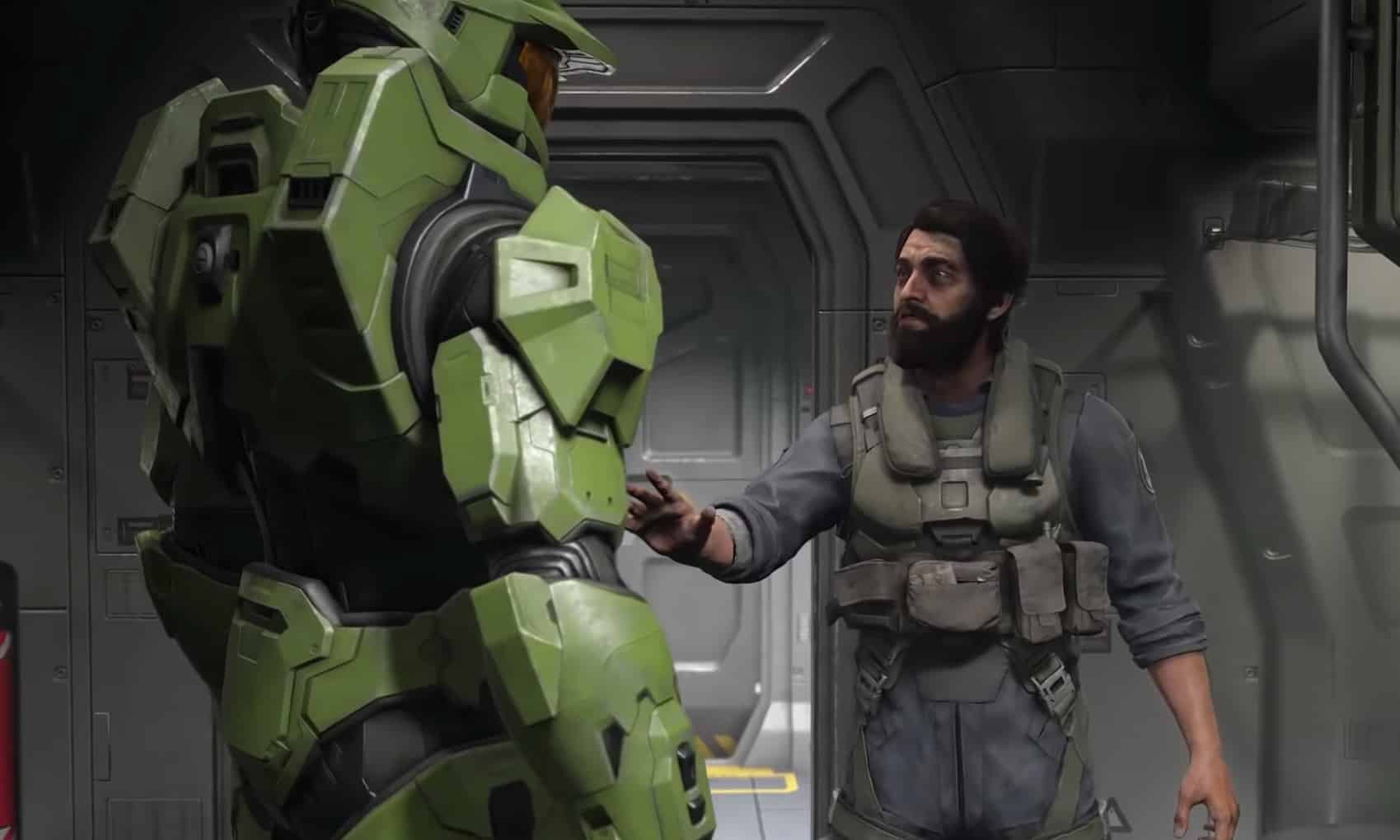Yatzy Free is also popularly called Yatzie, Yatzee, Yachty, Yathzy and Poker Dice. The object of Yatzy Free with Friends is to score the most points by rolling five dice to make certain combinations. It is played with 5 dice. Each player’s turn consists of rolling the dice up to 3 times in hope of making 1 of 13 categories.
- Yahtzee Yatzy Yams Classic Edition Playtouch 3.7 2,929 votes Yathzee Yatzy Yams Classic Edition is a cool HTML5 game that is playable both on your desktop and on your mobile phone!
- . Yahtzee tournaments are a new, thrilling challenge! Yahtzee Solitaire, Yahtzee Bingo, and Yahtzee Stars are completely new ways to play these classic games!. Play through different leagues to win exciting prizes. Social Games with Friends:. Play with friends and family. Create your own family in game to get and give help.
There are 6^2 = 36 possible outcomes when we re-roll the 1 and the 4. We first calculate the number of different outcomes that result in a particular hand and use this to determine the probability of each hand. For example, the probability of rolling a 2 and a 6 is 2/36 since we could roll the 2 and then the 6, or the 6 and then the 2. The probabilities of each of the hands are:
| Hand | Number of Outcomes | Probability | Straight |
| 6 - 2 | 2 | 2/36 = 1/18 | Large |
| 1 - 2 | 2 | 2/36 = 1/18 | Large |
| 6 - (not 2) | 4 · 2 + 1 = 9 | 9/36 = 1/4 | Small |
| 2 - (not 1 or 6) | 3 · 2 + 1 = 7 | 7/36 | Small |
| no 2 or 6 | 4^2 = 16 | 16/36 = 4/9 | None |


Note that a six paired with any other number can occur two ways, but a pair of sixes occurs in only one way. This is why the third and fourth rows have a plus one in the number of outcomes column.
Next, for each of the possible first roll outcomes we calculate the probability of getting a large straight or a small straight on the third roll. For the 6-2 and 1-2 hands we already have our large straight so we are done. For the 6 - (not 2) hand we re-roll the non-2 die. We have a 1/6 chance of getting a two and a large straight, and a 5/6 chance of not getting a 2 and having only a small straight. For the 2 - (not 1 or 6 hand) we will keep the 2,3,4,5 and re-roll one die, giving us a 1/3 chance at rolling a large straight and a 2/3 chance of having only a small straight. In the case where we rolled no 2 or 6 on the second roll, the situation for our third roll is the same as the situation for our second roll, so the above table gives the probabilities of each outcome.
Combining these results we see that the probability of a large straight is
1/18 + 1/18 + (1/4) · (1/6) + (7/36) · (1/3) + (4/9) · (1/18 + 1/18) &asymp 0.267.
The probability of a small straight (but not a large straight) is
(1/4) · (5/6) + (7/36) · (2/3) + (4/9) · (1/4 + 7/36) &asymp 0.535.
Yahtzee En Ligne
The probability of getting no straight at all is (4/9)2 &asymp 0.198.
If we re-roll only one die, then on our second roll we have a 1/6 chance of rolling a 2 and getting a large straight. We also have a 1/6 chance of getting a 6 and a small straight. In this case, on our third roll we have a 1/6 chance of rolling a 2 and getting a large straight. However, 2/3 of the time we get neither a 2 or a 6 on our first roll in which case our situation does not change. Therefore our chance of getting a large straight is
1/6 + (1/6) · (1/6) + (2/3) · (1/6) &asymp 0.306
The probability of getting only a small straight is(1/6) · (5/6) + (2/3) · (1/6) = 0.25.
Play Yahtzee online, free Games
The chance of getting no straight is (2/3)2 = 4/9 &asymp 0.444. So re-rolling only the 4 gives you a slightly higher chance of getting the large straight, but a much lower probability of at least ending up with a small straight. If you only need a large straight then re-rolling just the four is the better strategy, but if a small straight would also be valuable then re-rolling the 1 and the 4 might be a better move.
There are 6^2 = 36 possible outcomes when we re-roll the 1 and the 4. We first calculate the number of different outcomes that result in a particular hand and use this to determine the probability of each hand. For example, the probability of rolling a 2 and a 6 is 2/36 since we could roll the 2 and then the 6, or the 6 and then the 2. The probabilities of each of the hands are:
| Hand | Number of Outcomes | Probability | Straight |
| 6 - 2 | 2 | 2/36 = 1/18 | Large |
| 1 - 2 | 2 | 2/36 = 1/18 | Large |
| 6 - (not 2) | 4 · 2 + 1 = 9 | 9/36 = 1/4 | Small |
| 2 - (not 1 or 6) | 3 · 2 + 1 = 7 | 7/36 | Small |
| no 2 or 6 | 4^2 = 16 | 16/36 = 4/9 | None |
Note that a six paired with any other number can occur two ways, but a pair of sixes occurs in only one way. This is why the third and fourth rows have a plus one in the number of outcomes column.
Next, for each of the possible first roll outcomes we calculate the probability of getting a large straight or a small straight on the third roll. For the 6-2 and 1-2 hands we already have our large straight so we are done. For the 6 - (not 2) hand we re-roll the non-2 die. We have a 1/6 chance of getting a two and a large straight, and a 5/6 chance of not getting a 2 and having only a small straight. For the 2 - (not 1 or 6 hand) we will keep the 2,3,4,5 and re-roll one die, giving us a 1/3 chance at rolling a large straight and a 2/3 chance of having only a small straight. In the case where we rolled no 2 or 6 on the second roll, the situation for our third roll is the same as the situation for our second roll, so the above table gives the probabilities of each outcome.
Combining these results we see that the probability of a large straight is
1/18 + 1/18 + (1/4) · (1/6) + (7/36) · (1/3) + (4/9) · (1/18 + 1/18) &asymp 0.267.

The probability of a small straight (but not a large straight) is

Yahtzee
(1/4) · (5/6) + (7/36) · (2/3) + (4/9) · (1/4 + 7/36) &asymp 0.535.
Yahtzee A Imprimer
The probability of getting no straight at all is (4/9)2 &asymp 0.198.
If we re-roll only one die, then on our second roll we have a 1/6 chance of rolling a 2 and getting a large straight. We also have a 1/6 chance of getting a 6 and a small straight. In this case, on our third roll we have a 1/6 chance of rolling a 2 and getting a large straight. However, 2/3 of the time we get neither a 2 or a 6 on our first roll in which case our situation does not change. Therefore our chance of getting a large straight is
1/6 + (1/6) · (1/6) + (2/3) · (1/6) &asymp 0.306
The probability of getting only a small straight is(1/6) · (5/6) + (2/3) · (1/6) = 0.25.
Free Yahtzee Download For Computer
The chance of getting no straight is (2/3)2 = 4/9 &asymp 0.444. So re-rolling only the 4 gives you a slightly higher chance of getting the large straight, but a much lower probability of at least ending up with a small straight. If you only need a large straight then re-rolling just the four is the better strategy, but if a small straight would also be valuable then re-rolling the 1 and the 4 might be a better move.